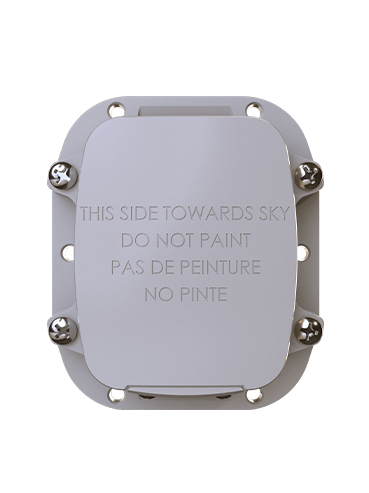Network Planning? Why Bother?
In part two of our blog series, we ask and answer a big question: why should installation of a private wireless network take a long, costly and complex planning exercise?
Private networks are the last mile –a protected connectivity environment at the end of the transmission chain where authorized devices and apps can exchange data securely. Enterprises typically deploy one of two technologies for them: Wi-Fi, relying on unlicensed spectrum, and distributed antenna systems or DAS, which are most often used to extend cellular service into large, enclosed facilities such as malls and casinos.
Both are popular. Both are proven. And both are a pain in the neck, at least when it comes to designing and deploying the last-last mile. Somebody should really do something about that, shouldn’t they?
Designing Wi-Fi and DAS networks
To design a Wi-Fi network, experts recommend a serious planning exercise.Coverage planning is the first step to ensure that there will be sufficient signal strength for Wi-Fi devices to connect. Poor design can result in too many access points – which increases both cost and network contention – while too few will leave coverage gaps.
Capacity planning accounts for the different types and number of devices and applications that will connect. Here, poor advance planning can produce intermittent connectivity and slow speeds as the network struggles to meet demand with too little capacity. Poor performance can also be a sign of growing pains: a successful network can begin to degrade when new users and devices are added over time.
Radio frequency planning is another step. Avoiding in-network or out-of-network interference requires a comprehensive site survey and frequency planning, proper antenna placement, careful network design and the shielding of sensitive equipment. Careful analysis of wall materials and physical obstacles like metal structures, signage and columns can ensure that access points are placed to maintain a link wherever devices try to connect, but they are very expensive and time-consuming.
When dealing with public networks, DAS networks require a higher level of detailed planning to avoid “near-far” interference, in which an access point connects to a cell tower far away and forces the network to work overtime to transport data. Notoriously difficult to test, optimize and maintain, DAS networks require serious engineering skills from the original design through maintenance and upgrade.
Who Needs a Plan?
Should it really take this level of effort and cost to design, maintain and change a private network? At Globalstar, we don’t think so.That’s why we developed XCOM Radio Access Network. XCOM RAN is a 5G wireless technology designed by innovators who made fundamental contributions to mobile technology from LTE to femtocells. Tossing out the Wi-Fi and DAS rulebook, we created a technology that offers true ease of deployment without complex network design, with 4 times the capacity of baseline 5G and a large supercell with no handover boundaries.
How is that possible? Instead of antennas or cell sites, XCOM RAN uses basic Remote Radio Units (RRUs) that deliver signals simultaneously to commercial-off-the-shelf hardware running XCOM RAN software. Every RRU added to the network increases both coverage and capacity – because the entire network acts as one supercell, with no need for additional spectrum or cell handovers. Intelligent base-band processing ensures Radio Units never interfere with each other. That lets you place them for best coverage rather than minimization of interference. Yet the RRUs are as easy to install as Wi-Fi access points.
But don’t take our word for it. After testing XCOM RAN, research firm Signal Research Group wrote, “The XCOM technology provides extremely high capacity within a single logical cell comprised of multiple radio units. Inter-cell interference is nonexistent and there are no interruptions due to cell handovers.”
Add up all the benefits – performance, capacity and ease of deployment and upgrades – and XCOM RAN is more than a private network. It’s a cure for that pain in your neck that just won’t go away.
Want to see XCOM RAN in action? See the video on our website.
 SmartOne Solar
SmartOne Solar SmartOne C
SmartOne C ST100
ST100 STX3
STX3 SPOT X
SPOT X SPOT Gen4
SPOT Gen4 SPOT Trace
SPOT Trace